 Documenting my work should include drawing and observation in my sketchbooks, of annotation and notes of my thoughts and ideas, and questions I would like to know the answer to. I would need to make it a personal objective to get it written down or typed up. It is then a beneficial step forward to pursue it and to then reflect back because I can easily forget those questions and ideas, that in the long run were important.
Documenting my work should include drawing and observation in my sketchbooks, of annotation and notes of my thoughts and ideas, and questions I would like to know the answer to. I would need to make it a personal objective to get it written down or typed up. It is then a beneficial step forward to pursue it and to then reflect back because I can easily forget those questions and ideas, that in the long run were important.However for this blog assignment, the documentation exercise is asking for documentation for projects. This is a practise run for when we have to write our own briefs, project outline, aims and objectives for our personal and course relatated projects and the constant practise and preparation will give structure and confidence for when we officially have our FMP next year.
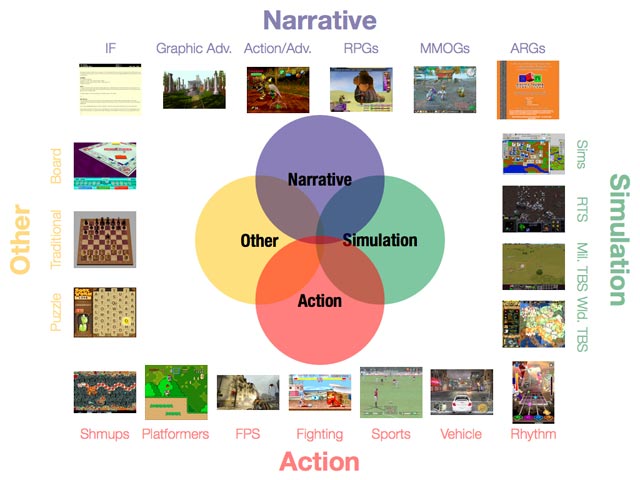 For projects, documentation is that structure and stable that gives you the right foundation for you to then start work. Although there can be changes and tweaks to the plan normally you would like to keep that to an minimum. In the pre-production stage, the document is required and is the central resource for the development team and ideally it should be updated as the game evolves through the production process.
For projects, documentation is that structure and stable that gives you the right foundation for you to then start work. Although there can be changes and tweaks to the plan normally you would like to keep that to an minimum. In the pre-production stage, the document is required and is the central resource for the development team and ideally it should be updated as the game evolves through the production process.Such things you should consider are; genre, art style, demographic, platform, budget, time and software.
The overview
The brief example
An open Online Multiplayer action RPG, that will be in third-person but also have a feature of first-person. It will be free-to-play game and be only playable for PC. The player can choose one of the three classes - Hunter, Ranger or Force. Hunters are adept with close-range weapons such as sabres, two-handed swords, dual daggers, halberds and are more suited for up-close and personal confrontations. Rangers are best at ranged combat and excel with weapons such as pistols, rifles shotguns and machine guns. Forces are the magic class of the game and are able to learn and use a variety of attack and support techniques.
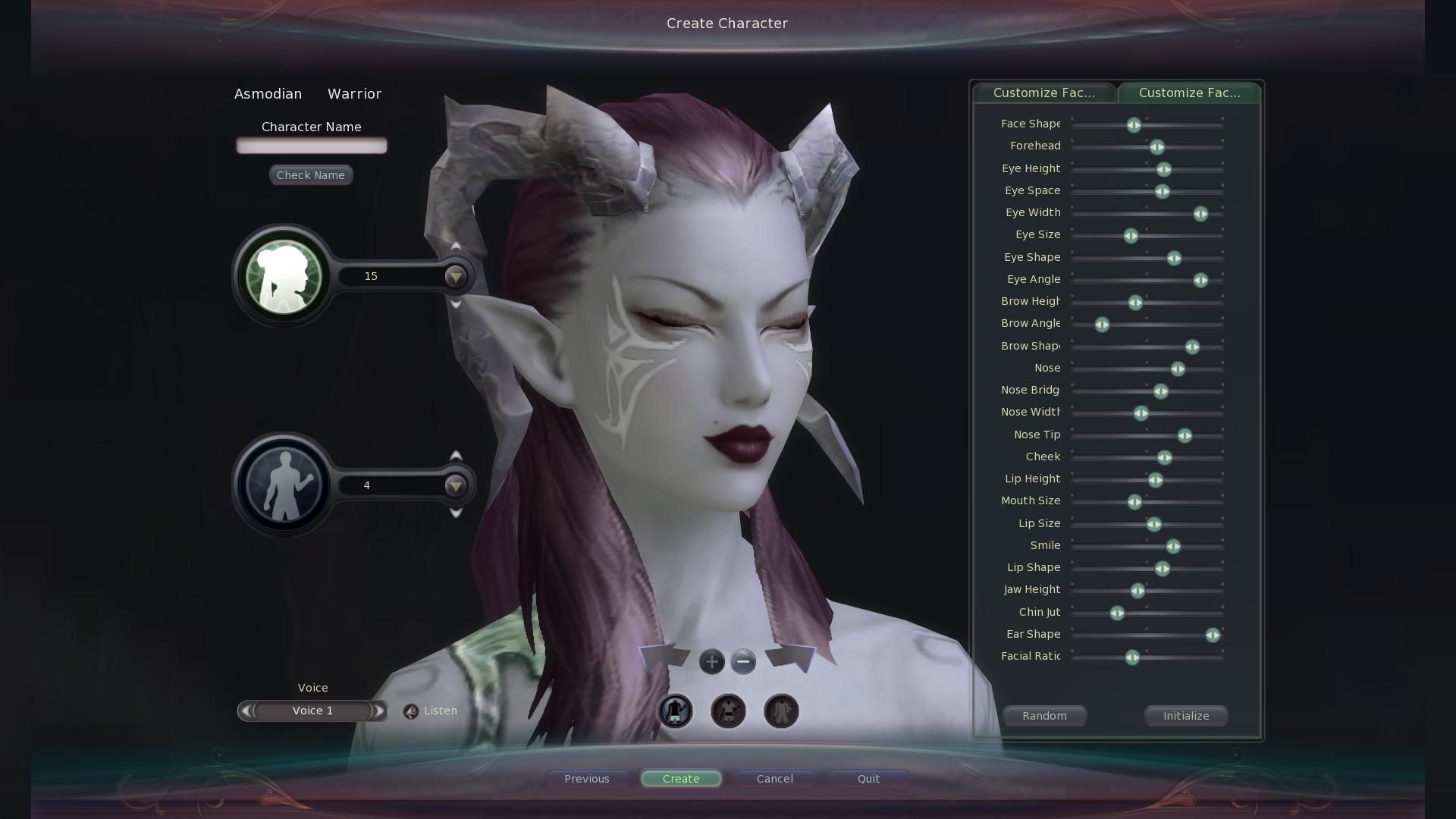 |
| screenshot from Aion |
The races in this game will be HUman, NEwman (bio-engineered 'elves') and CAsts (andriods) Each type of race have advantages and disadvantages, such as CAsts, being physically stronger than the other two races, but unable to use techs (magic). Gender choice is also a factor, which slightly affects stats and can affect the type of techniques able to be learned.
The Gameplay
You will be able to create an game or join a game at the lobby desk. It has 4 modes, Normal, Hard, Very Hard and Ultimate, and there is a specific level of minimum experience level required to join or create a game to play on each difficulty.
Each monster killed, will gain you experience points; the player who slays the monster will get full-experience, if a player in the party did not tag or kill a monster they will still be rewarded with some experience but not the full amount. Bosses, monsters and crates, all have a drop-rate-system. Rare loot have an higher drop-rate, whist common loot will drop more regularly. Loot is anything from weapons, items, and currency.
There will be two to three acts per stage, that will consist of challenges of switches to press, puzzles to complete for doors and paths to open, and certain enemies to destroy to proceed. There will be minor and major enemies throughout your level with each section having mini-bosses to fight to proceed. At the end of each final act, you will face a final boss for getting through to the next level, with an addition of rare enemies.
The Objectives
To create a high level detail environment, giving the player choices of paths and explorations of normal and hidden areas, other challenges and mini-objectives you can complete within the actual level.
There will be small pit-stop towns that you can access and larger cities to reach, which will have historical and cultural elements.
Teamwork is key, other classes will play specific roles in level,s for example rangers to shoot down flying enemies more efficiently, forces to cast AoE and buffs to support the party, hunters to tank and have DPS (damage per second) enemies.
The software
Autodesk 3Ds Max
Autodesk Mudbox
Adobe Photoshop CS6
Unreal Engine 3
Additional software for textures.
Character specifications
With the variation of characters races and classes to choose from, all will have an budget of 7k Tri buget.
For enemies the small, 3k, medium 5k, large 9k. Bosses depend on the design and content, and all weapons will be at a maximum of 5k Tri's.
Since the game will be in third-person, we would like to have the model to be detailed but not a too high detail character which could affect the frame-rate in battle.
Main Characters: 7k
Two 1024x1024 Diffuse, Normal, Specular maps.
Main Character Weapon: 4k
One 1024x1024 Diffuse, Normal, Specular maps.
NPC
There will be NPC's as the story, playable as an party member and in towns, cities as standing characters or as shop merchants. So each NPC will vary to the role, of the NPC.
Shop Merchant: 3.5k
1 512x512 Diffuse, Normal, Specular maps.
Party NPC: 7k
Two 1024x1024 Diffuse, Normal, Specular maps.
The Assets and Enviroments
There will be numerous assets scattered and placed around the environment. These will depend on sizes of the assets but for small assets around 500 Tris with 256x256 texture, mid assets will be around 500-1.5k Tris with 512x512 and larger assets will vary from 1.5 to 3k Tris with 512x 512.
Buildings will vary and again will have small buildings with 15-25k, 512x512, medium 25k-50k 1024x1024 and larger buildings buildings 50-100k 2x: 512x512. For Cities it could be pushed to 100 - 200k 2x: 1024x1024 as they will be open, Goliath structures, with architectural pieces and design.
Time constraints
- Everything will be kept on schedule and reviews and updates at the start of the week of the blogs and design documents.
- Limiting the areas and building up each section separately, after the initial white box and foundation is set.
- Schedule time for concept, planning, research, reference gathering
- Making sure that there is no slow-downs and the FPS is at a smooth rate.
- Learning the software and pipeline process to get maximum efficiency
- Maximising UVlayout, textures and Tri budgets
- Allowing time for learning and problem solving
- Keep everything consistent in time management, documentation and workflow.
Information of Game Design
Information of Game Modeling
Articles of Game Design
How to begin Game development - tutorial



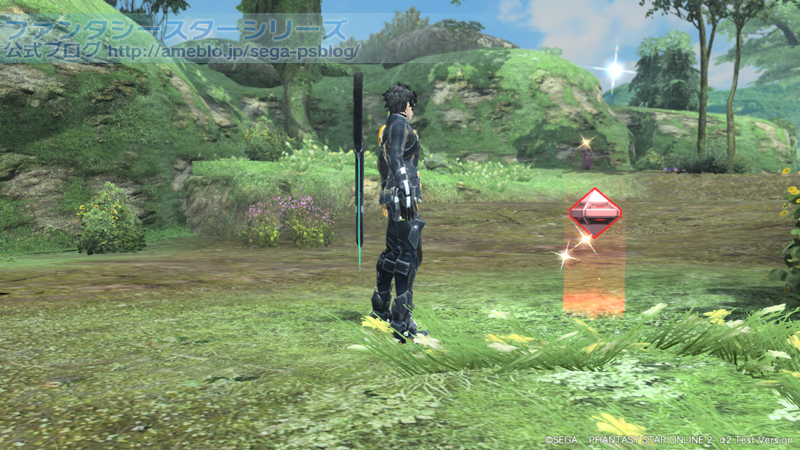

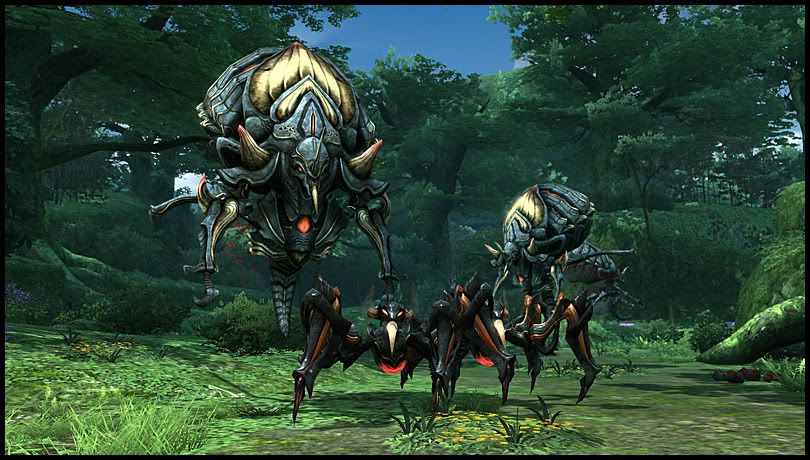



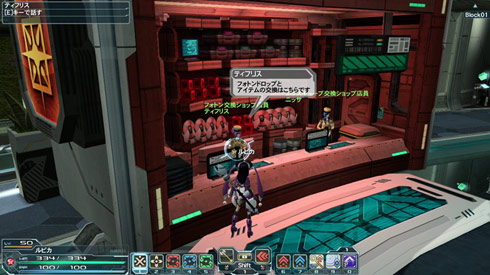



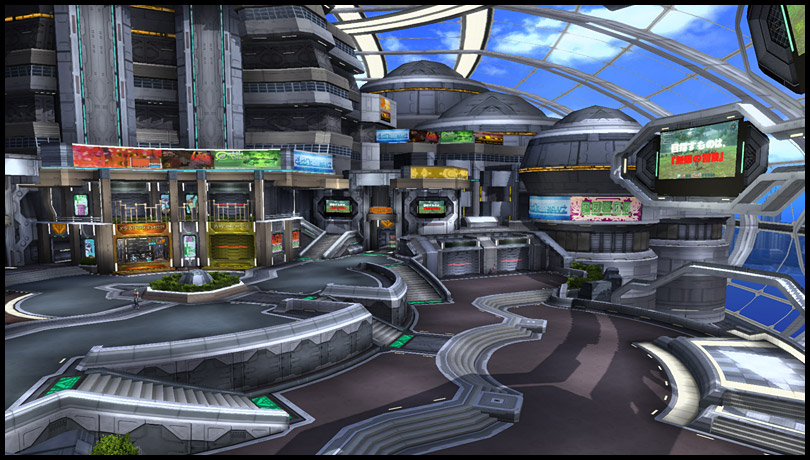
No comments:
Post a Comment